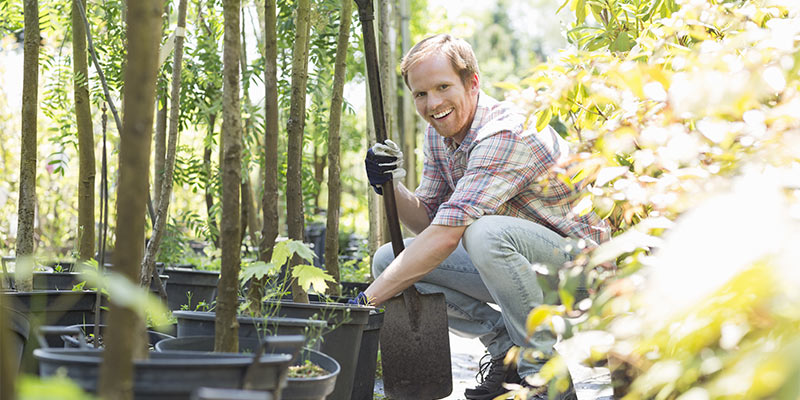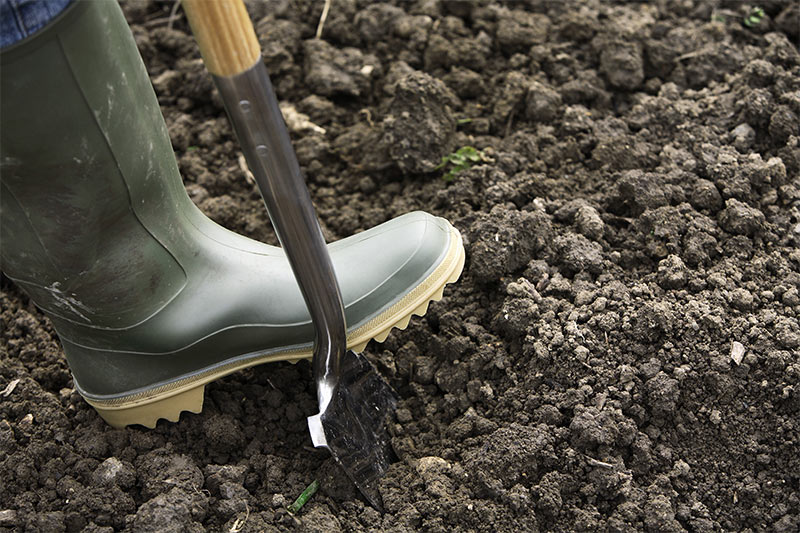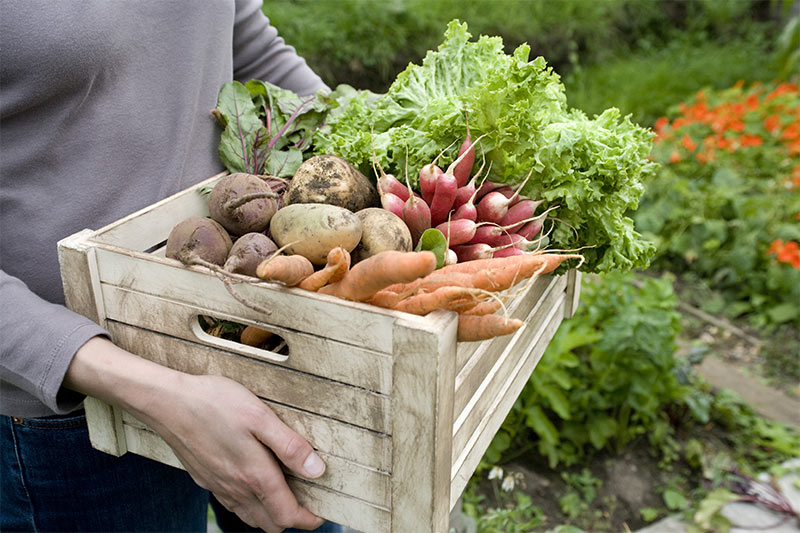
Home gardening is at an all-time high in the world today, and for obvious reasons. After all, home gardening is one of the most fun and enjoyable hobbies that you can participate in, and not only that but as well it can be profitable, as you can either make money off your gardening from selling it or you can use it to feed your own family.
Getting Started
There are a few things that you are going to want to think about when you are getting started with home gardening, and one of the things you will want to ask yourself first is what landscape design style you like best. For instance, do you prefer straight or curved lines? So you want to cover a smaller or larger area? These sorts of questions are going to be crucial in regards to your home gardening design overall.
As well in your home gardening design process, you want to consider how much sun your garden is going to get, as this is indeed a key to garden planning overall. Remember that most vegetable plants love the sun, and this means that they will typically need about six hours or more of direct sunlight a day. However there are also those plants that need more shade during the day, you will need to learn about the temperatures and schedules that they need so that you can best determine a site for your garden.
How to Start a Home Vegetable Garden
When most of us think of vegetable gardening, planting in the spring and harvesting in the fall is what usually comes to mind. This doesn’t have to be the case, though. In fact, certain species are very well suited for fall gardening. Just because the weather is getting cooler doesn’t mean you have pack up the gardening tools for the year.
Things To Consider
Fall weather patterns, average first frost and what zone you live in are all critical pieces of information. The zone system divides the country into different areas according to climate and weather. It was developed to aid gardeners in finding the right plants for their area. Most plants will be rated as to what zones they will do best in.
You can easily find out what zone you live in by looking online for growing zone maps. These sites may also have suggestions for what types of plants are recommended for each area. This will be important information for you to have as not all vegetables will grow well in every zone, especially in the fall. Some of the best plants for fall gardening include beets, broccoli, lettuce, carrots, cabbage, onions, and radishes among others.
Planning
The key to successful fall gardening is in the timing. This involves figuring out the best time to plant your vegetables so that they can mature before the first frost. Your seed packets will indicate the maturation time of each vegetable. You’ll also need the estimated first frost date for your growing zone as discussed above. Take the maturation period and add approximately 21 days to it.
Then, take that number, and count back from the first frost date to determine your planting date. One problem you might run into is that some cool weather seeds will not germinate well in the hot weather of summer. In this case, start your plants inside, and then move them outside after about 30 days.
Frost Protection
Apparently, protecting your fall gardening project from frost is the next most important thing to consider. Covering your plants with a blanket or sheet or some other homemade cover should be sufficient for protecting the plants themselves. Using a thick layer of mulch around your plants will help keep the ground from freezing as fast. Watering your crops the evening before the frost will also help to slow down the freezing process.
If you are a beginner, you are going to want to stick with plants that are easier to maintain, so that you can learn as you go on and then you can begin to introduce more complex plants into your design.
About the Author
Sohail is a content marketer and a blogger, currently he is associated with Smiletutor.sg a private tuition agency in Singapore. His hobbies include writing, reading books, traveling and gardening.


